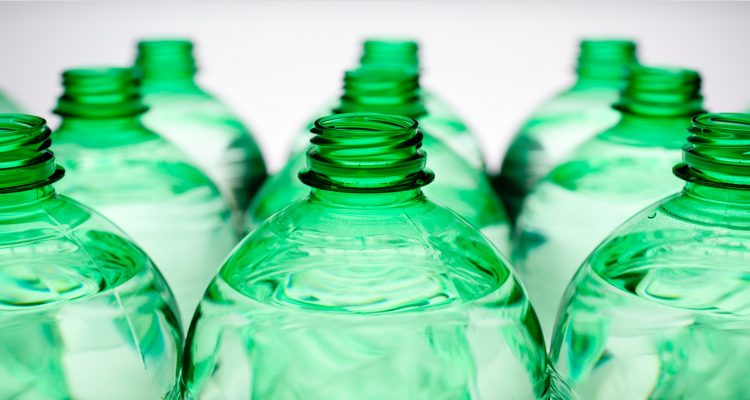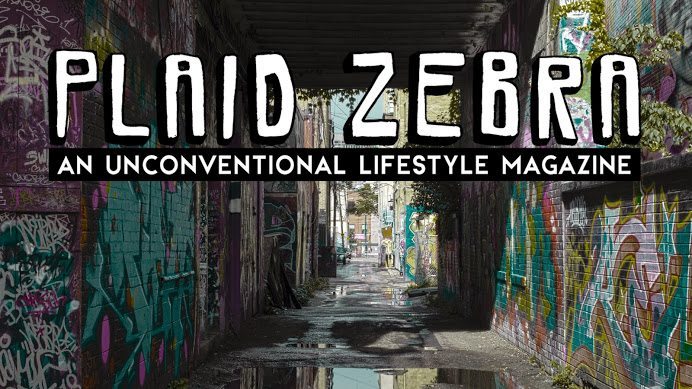
BY: DUSTIN BATTY
There is a common misconception that nature and technology are diametrically opposed to each other, antonyms that cannot be reconciled. Some people think that the sole purpose of technology is to help humans conquer nature, and that every new development is a battle won.
Though it is true that many technological advancements are made to protect us from nature or to help us manipulate it, technology can also be used to help us live our lives more ecologically sustainably. Ernest Callenbach’s science fiction work describes many areas of scientific development that could help us reduce our environmental impact.

Science fiction writers have been predicting the future for centuries. From Jonathan Swift’s 1726 description of a computer in Gulliver’s Travels to the wireless earbuds in Ray Bradbury’s 1953 novel, Fahrenheit 451, authors have often preceded scientists for technological innovation.

The innovative science found in the ecological utopia of Callenbach’s 1975 novel, Ecotopia, has been slowly becoming a reality for years. For example, the magnetically levitated and propelled train that brings the novel’s protagonist to Ecotopia closely parallels the Chuo Shinkansen “bullet train” that is being constructed in Japan. Current research into environmentally sound energy sources—such as solar, geothermal, and tidal energy—also brings Callenbach’s work to mind.
The most recent scientific breakthrough that points toward the development of Ecotopian technology is the discovery of a bacterial enzyme that creates biodegradable plastics. This enzyme could change the way we think about plastic.
“They named the new species of bacteria Ideonella sakaiensis.”
In the future it could be used in composts to enrich soil. The polymer created by the enzyme can be used to make both soft and hard plastics that could have a wide range of applications. MIT chemists are already working toward bringing these polymers to commercial production.

Some people believe that the only way for humans to exist on the planet without destroying it is to return to the lifestyles of pre-colonial Native Americans. Callenbach challenged this idea in 1975, and modern science suggests that the author was right to do so. As William Blake says in The Marriage of Heaven and Hell, “What is now proved was once only imagin’d.”
As research continues and human knowledge improves, we will fulfill more and more of the prophesies written by science fiction authors. And as our society continues to advance, more of these proven predictions will come from the minds and pages of ecological writers like Callenbach.
Additional Links to Learn More:
http://www.sciencealert.com/new-plastic-munching-bacteria-could-fuel-a-recycling-revolution
https://phys.org/news/2016-03-newly-bacteria-plastic-bottles.html
http://www.latimes.com/science/sciencenow/la-sci-sn-bacteria-eat-plastic-20160310-story.html




